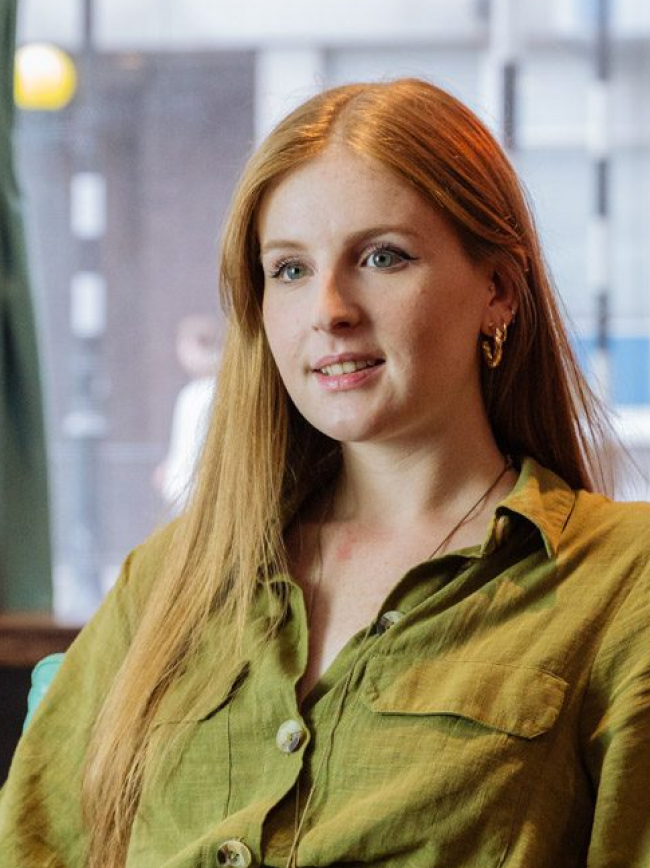B2Barbie: 5 lessons B2B marketers can learn from the Barbie campaign
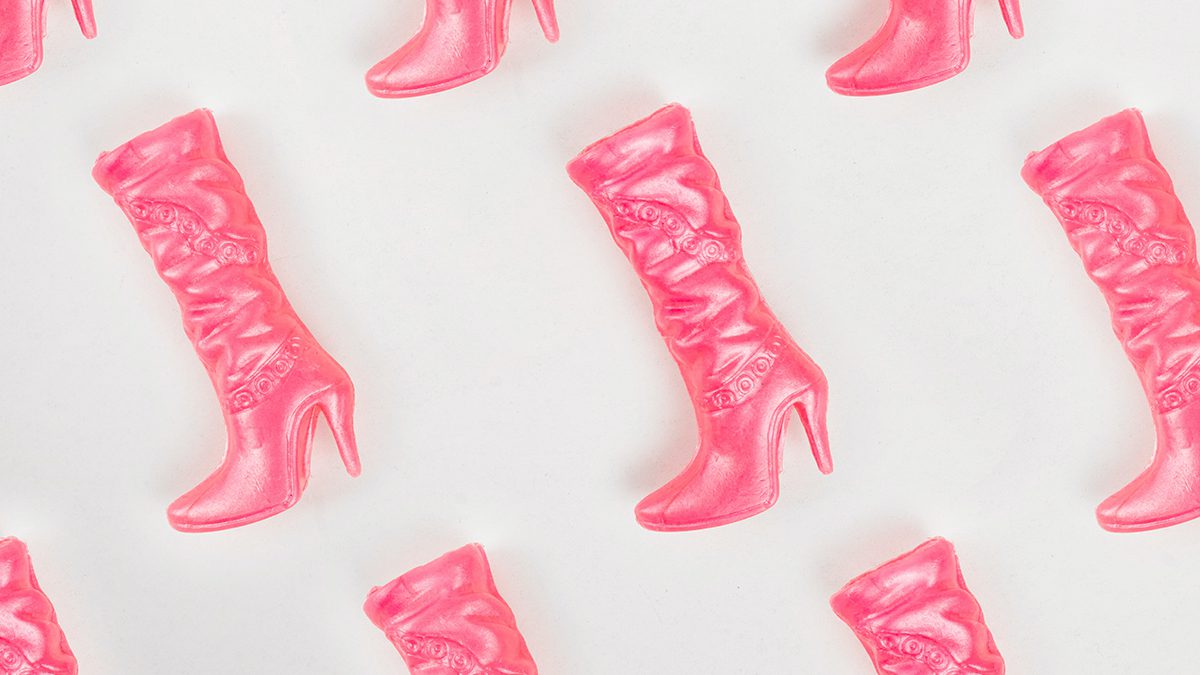
It’s safe to assume that you're more than likely aware that Greta Gerwig’s live-action Barbie film is in cinemas from today. The cast of Barbie 2023 includes famous faces like Margot Robbie, Ryan Gosling, Ncuti Gatwa, Dua Lipa – the list goes on.
With a film budget of $100m, there really was no excuse for the marketing team not to pull something incredible out of the bag.
Marketing kicked off earlier this year with a viral social media campaign that saw different Barbies and Kens smiling next to a brief character summary. The wider campaign has since made its way right across the real world, with an exuberant worldwide press tour and some OOH efforts that are far too impressive to ignore.
Here are some of my favourite bits from the Barbie marketing campaign and a few key takeaways for us marketers to keep in mind.
Lesson 1: Get on board with user-generated content (UGC)
The primary goal of the social image rollout was to introduce us all to the star-studded cast, create some buzz around the Barbies and Kens, and give us a snippet of insight into the types of roles they’re playing.
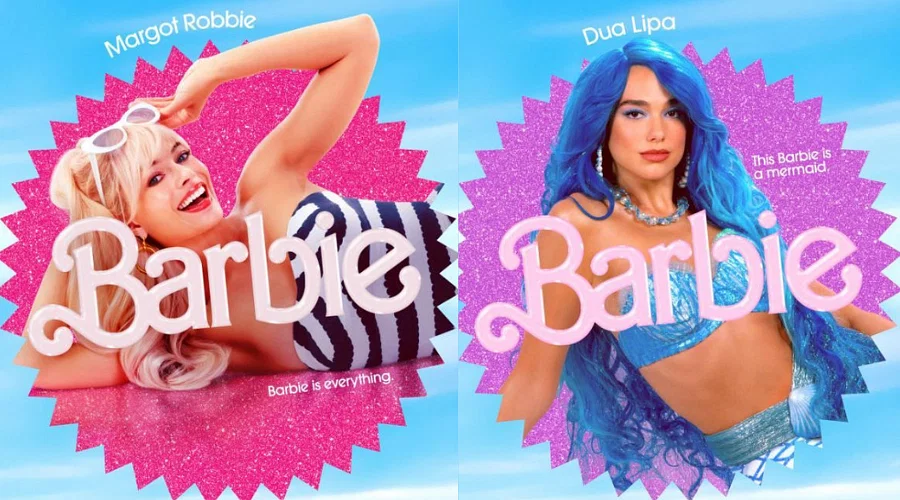
However, it was the selfie generator that really brought the magic of this social initiative to life. Users were encouraged to create their own Barbie profile and descriptor, getting viewers involved with the campaign and sharing their Barbie selfies online.
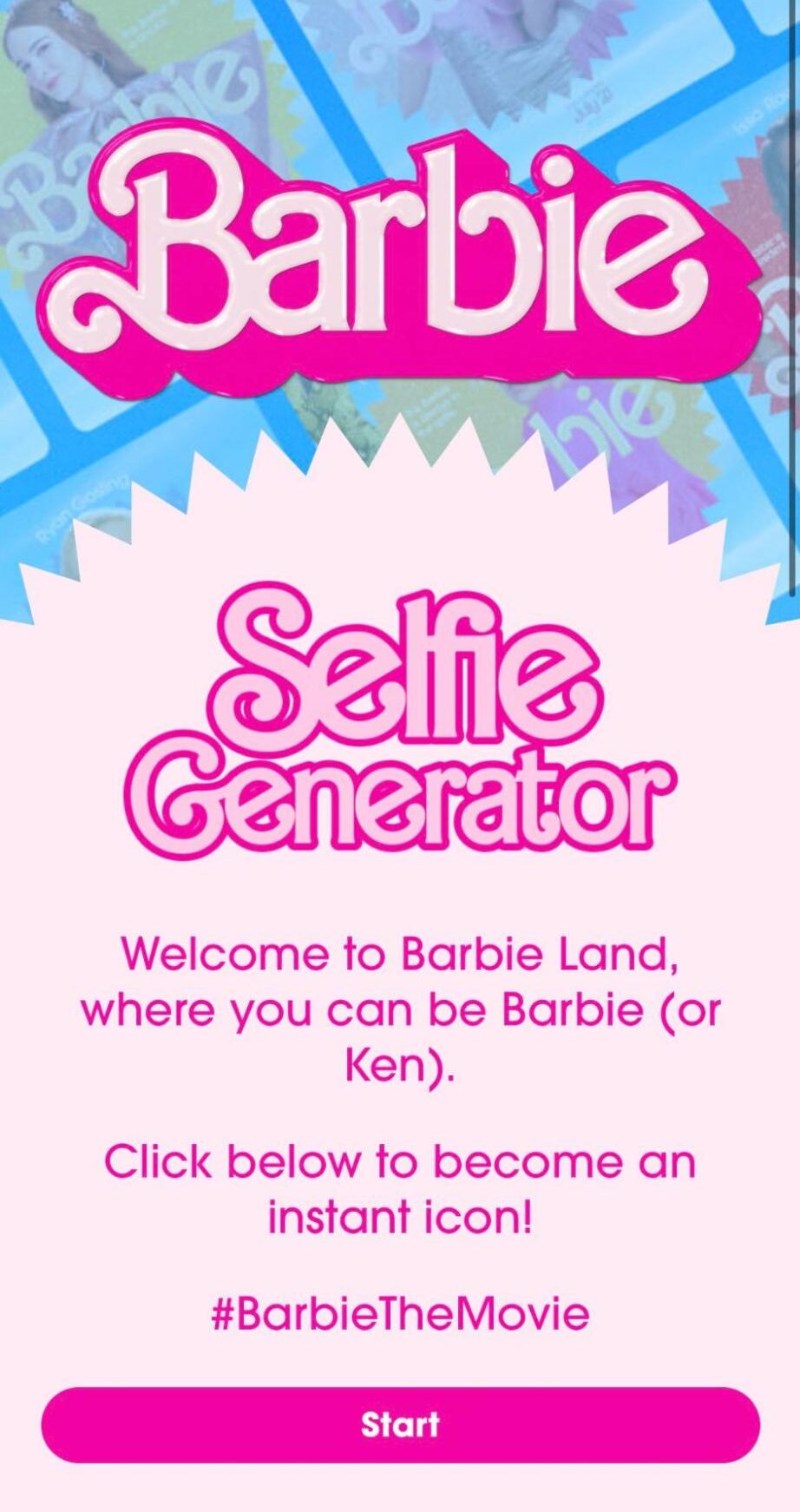
Lesson 2: Always be distinctive
Barbie isn’t a new doll. She’s been around since the 60s. Everyone knows Barbie Pink™ and the classic bubbled Barbie font. Sure, the marketing team could have slapped Margot Robbie’s face onto a massive billboard in the middle of every major city in the world and generated interest in the movie.
What they did instead was even better.
They simply created plain pink billboards with just the release date in the bottom right corner.
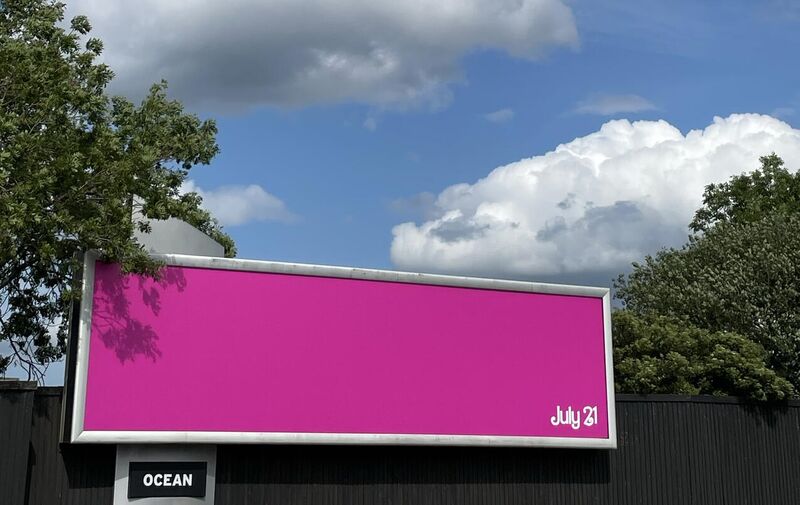
For decades, Barbie has owned that same bright shade of pink — and everyone knows it. The marketing team decided to play on that as a distinctive feature of the wider campaign. No visuals, no ad text, just the film’s release date and the colour. It’s the perfect blend of minimalistic marketing and creative thinking.
Sometimes you don’t need to bring something new to the table for it to be really impactful. A lot of the time, you can differentiate without doing something different. In short, home in on a key feature of your brand identity and blow it up on a billboard.
Lesson 3: Think outside the box for collaborations
When we say the Barbie marketing team has thought of everything, we mean they really have thought of everything.
Not only is their marketing strategy a brilliant display of ‘more means more,’ but the merchandise is equally as impressive. The team has gone all out in ensuring that no matter who you are or where you’re from, you’re going to hear about the new Barbie movie.
Sure, there’s the stuff you’d expect, like Barbie makeup and Barbie fashion edits in H&M, ASOS, and Primark. Or the Barbie x Impala roller skates. Or Barbie UNO cards.
But then there are the not-so-obvious collaborations that have surely set the marketing world alight with inspiration. Think Barbie Xbox controllers, Barbie-wrapped city benches and buses, and even a Barbie Hot Wheels 1956 Corvette.
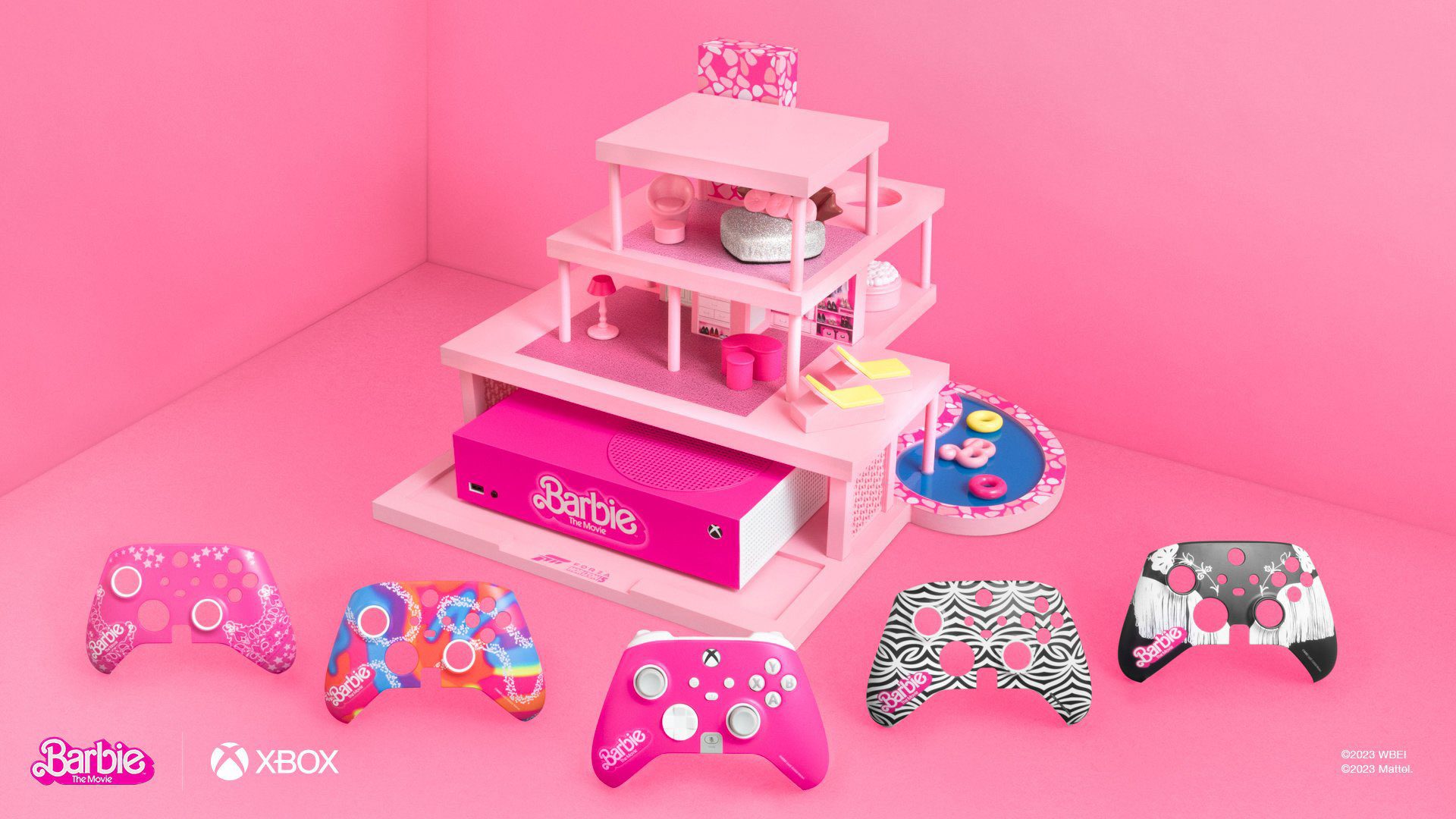
A Barbie Tardis even landed in London Bridge not too long ago.
Lesson 4: Publicity stunts are always a good idea
Of course, in the world of B2B, huge gestures to grab the attention of audiences are few and far between. We’re all about the whitepapers, PDFs and guides.
But does it really have to be this way?
One of the best ways to get people talking about your brand at an awareness level is to design and execute some kind of devilish stunt that people have no choice but to marvel at.
For example, take the real-life Barbie Malibu House. This was one of the first OOH marketing efforts that was picked up for the Barbie campaign, and it wasn’t even advertised.
The Barbie House has been around for a few years, but the launch of the new film saw the promotional team give the Airbnb a Ken-ified updo.
And for those who didn’t get a chance to book a room at the Malibu House (it’s completely sold out already), don’t worry — there’s always the World of Barbie experience. If you’re based in LA, you can head down to the experiential instalment, where you can enjoy living the Barbie lifestyle yourself.
Lesson 5: Don’t be afraid to reinvent your brand
Barbie is a brand that isn’t without its complexities. While the dolls encourage young people to aim high, dream big and be who they are, it has (rightly) come under fire over the years for also perpetuating and reinforcing unrealistic body standards.
But from what we’ve seen of this film and its marketing so far, it seems like Gerwig is on a mission to put that right.
The cast is diverse, the themes are grounded firmly in feminist rhetoric and existential dread, and the marketing reaches audiences far and wide. In a way, it’s everything you wouldn’t expect from the live-action Barbie film.
The marketing team has shown its audience that Barbie isn’t just a children’s doll with a thousand different jobs and a funky pink Dream House. She is, in fact, a concept that can and will extend far beyond the reach of a children’s toy box. Testament to that is the fact that, despite being released on the same day as Christopher Nolan’s highly anticipated (and extremely disparate) Oppenheimer, Barbie still dominates any and all conversations about July 21st.
The Barbie promotional campaign has made it almost impossible for anyone to ignore. And not only that, but it has reaffirmed that Barbie is much more than just a doll. She’s an ultra-feminist icon of empowerment, immortalised in a brand that will live on forever.
• • •
(Header photo: Girl with red hat on Unsplash)
